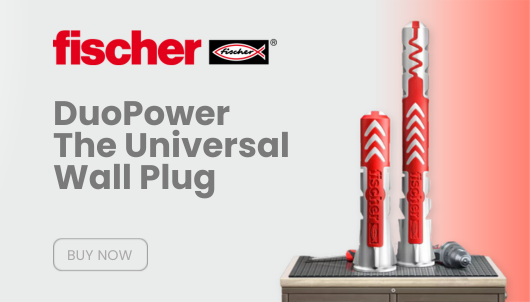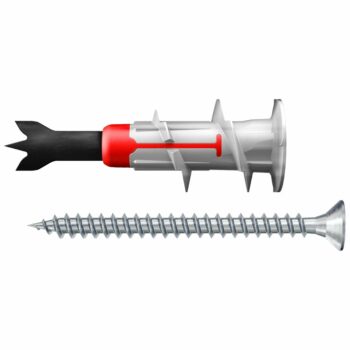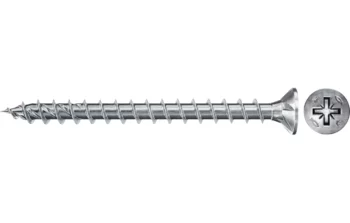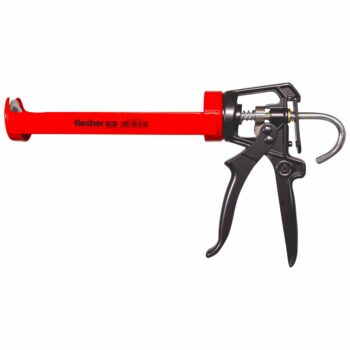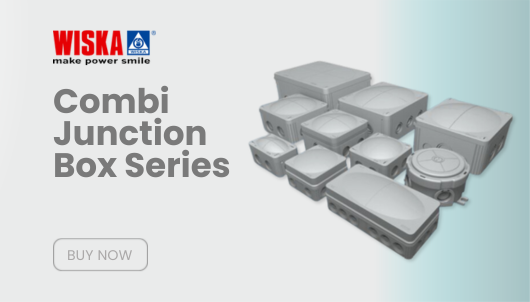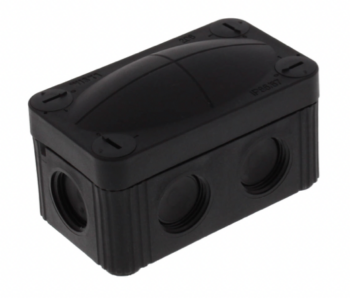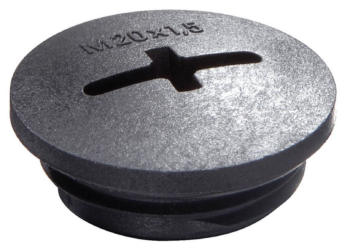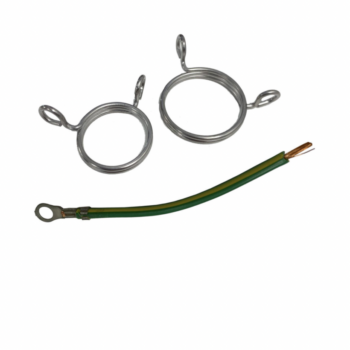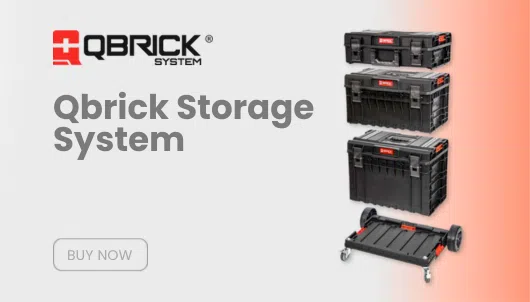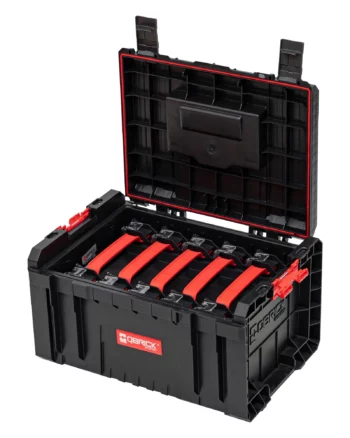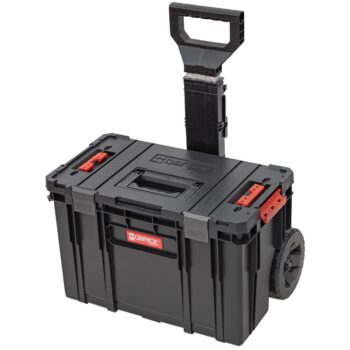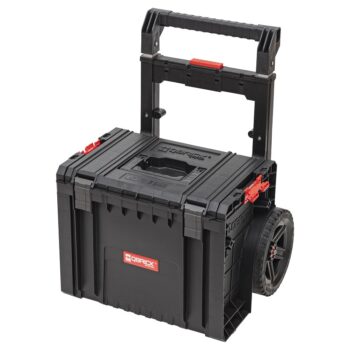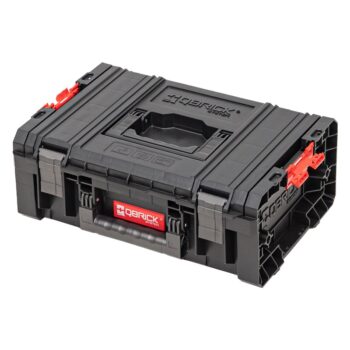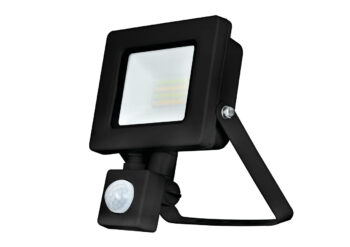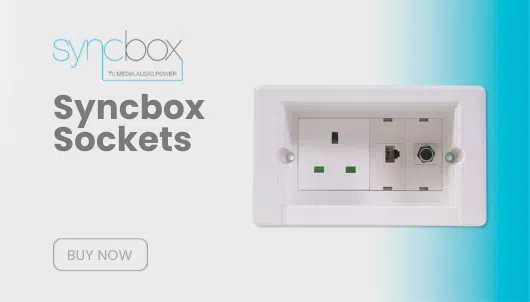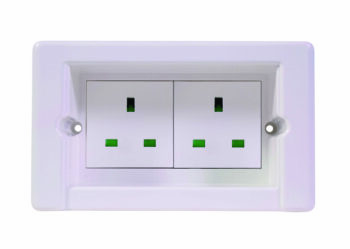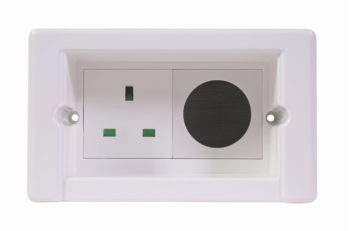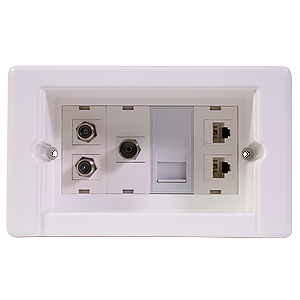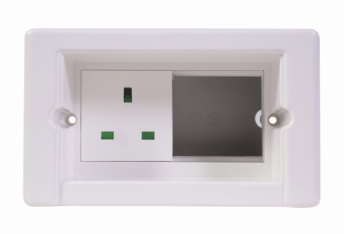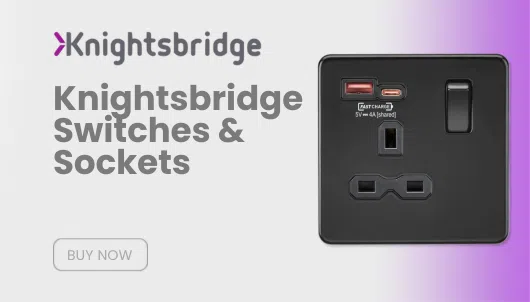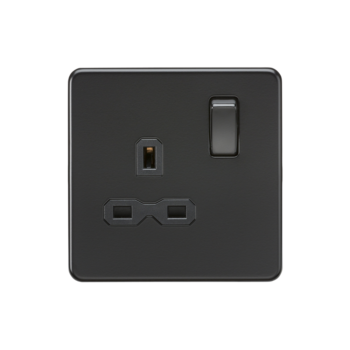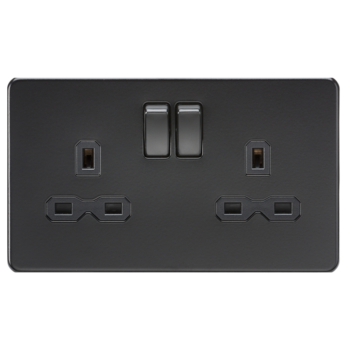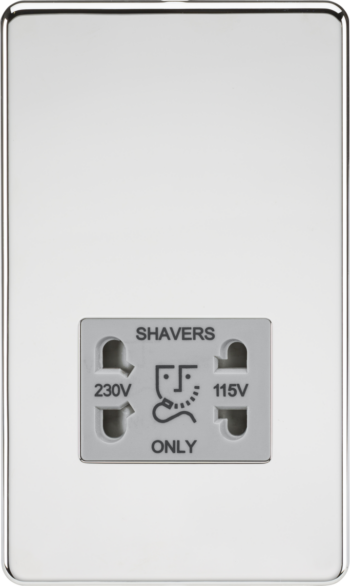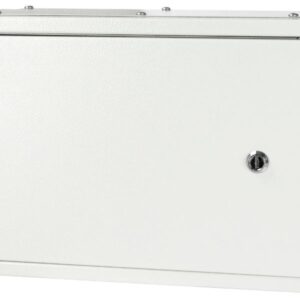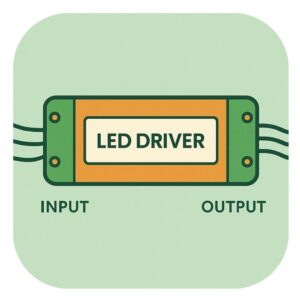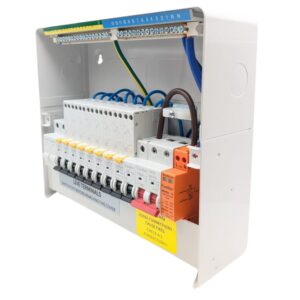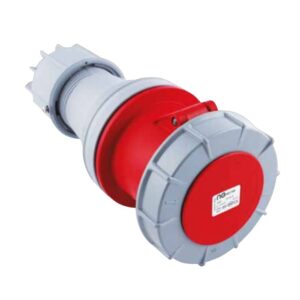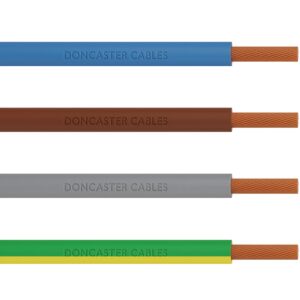Type A RCBOs
Residual Current Circuit Breakers with Overcurrent Protection (RCBOs) are essential components in modern electrical systems, providing safety and efficiency. Among them, Type A RCBOs are specifically designed for advanced protection in a variety of applications. This FAQ blog answers common questions about them and delves into their technical specifications, usage, and advantages.
What is a Type A RCBO?
A Type A RCBO is a combined protective device that provides both residual current protection and overcurrent protection. It detects alternating current (AC) and pulsating direct current (DC) residual faults, ensuring enhanced safety against electrical shock and fire hazards. They are ideal for circuits with modern electrical appliances such as washing machines, LED lighting, and EV chargers, which can produce pulsating DC currents that Type AC devices might miss.
What is the Difference Between Type A and Type B RCBO?
The primary difference between Type A and Type B RCBOs lies in the type of fault currents they detect:
- Type A RCBO: Protects against AC and pulsating DC residual currents. It’s suitable for most domestic and light commercial applications.
- Type B RCBO: Offers protection against AC, pulsating DC, and pure DC currents, making it necessary for systems with solar panels, industrial drives, or EV chargers producing high levels of DC leakage.
Type B RCBOs are more expensive due to their specialized use cases but are essential for installations involving heavy DC current usage.
What is the Difference Between Type A and Type AC RCBO?
Type AC RCBOs are older-generation devices designed to detect only AC residual currents. However, as modern appliances often generate pulsating DC leakage currents, Type A RCBOs are now preferred as they can handle both AC and pulsating DC fault currents. Using Type AC devices where pulsating DC is present can lead to undetected faults, compromising safety.
What Type of RCBO is Required for Sockets?
Sockets typically require Type A RCBOs, especially in modern homes and commercial settings where appliances with DC leakage are common. Type A RCBOs ensure compliance with the latest wiring regulations, providing reliable protection against both electric shock and overload scenarios.
What is a C Curve RCBO?
A C curve RCBO is designed to tolerate higher inrush currents without tripping unnecessarily. It is suitable for circuits with equipment like motors, fluorescent lighting, or transformers, where high initial current surges are common.
What is a B Curve RCBO?
A B curve RCBO trips at lower overcurrent levels, making it ideal for residential circuits with resistive loads such as lighting or standard household appliances. B curve devices are more sensitive than C curve ones and provide quicker response to overloads.
What is a Double Pole RCBO?
A double pole RCBO disconnects both the live and neutral conductors during a fault condition. This provides added safety, particularly in circuits where neutral faults could pose a hazard. Double pole RCBOs are commonly used in standalone consumer units, such as those for garages or outdoor installations.
What Type of RCBO is Used for Domestic Use?
For domestic installations, Type A RCBOs are the most commonly used. They meet the requirements of modern homes, where appliances with DC components are prevalent. Additionally, B or C curve RCBOs may be selected depending on the specific characteristics of the circuit.
Do FuseBox Make a Type A RCBO?
Yes, FuseBox produces a range of these products that comply with current electrical standards. They are known for their compact designs, reliability, and ease of installation, making them a popular choice among electricians.
What is the Difference Between 10mA and 30mA RCBOs?
The key difference lies in their sensitivity:
- 10mA RCBOs: These are ultra-sensitive and typically used in medical or specialized environments where even minimal leakage currents could pose a hazard.
- 30mA RCBOs: Standard for residential and commercial installations, providing effective protection against electric shock and fire risks.
Will an RCBO Stop Nuisance Tripping?
Yes, RCBOs can significantly reduce nuisance tripping when installed and selected correctly. Issues like overloading, faulty appliances, or incorrect circuit design can lead to nuisance tripping, and using the appropriate RCBO type with the correct curve (e.g., B or C) minimizes these occurrences.
Does an RCBO Need Its Own Neutral Bar?
Not necessarily. RCBOs are typically wired to the existing neutral bar in a consumer unit. However, in certain configurations, such as split-load consumer units, RCBOs might use separate neutral bars to simplify wiring and avoid shared neutral issues.
Conclusion
Type A RCBOs are essential for modern electrical installations, offering robust protection against AC and pulsating DC faults. By understanding the various types, sensitivities, and applications, electricians can make informed choices to ensure safety and compliance with regulations. Whether for domestic or commercial use, the right RCBO provides peace of mind and superior circuit protection.





